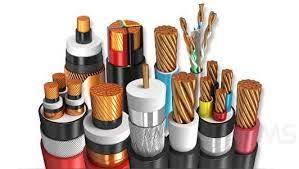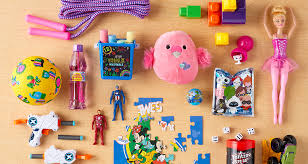Television aerial cable problems can disrupt your viewing experience, leading to frustrating signal problems or complete loss of reception. Understanding the common problems and solution can assist you to restore your TV aerial cablesand efficiently. Here’s a guide to troubleshooting many common TV aerial cable issues.
Poor Signal Quality: One of the most common issues is poor signal quality, which manifests as fuzzy images, pixelation, or audio drops. The reason for this is typically an insecure or broken aerial connector. Ensure you have all cables are securely connected and check for any visible damage to the cable. Removing or tightening connectors will often solve the problem.
No Signal: If you’re experiencing complete loss of signal, the first step is to verify that your aerial is correctly aligned. Sometimes winds, or other elements could cause an aerial to misalign, affecting reception of signals. Adjusting the aerial’s position or orientation may increase the quality of the signal. In addition, you should make sure the aerial is connected to the TV and any other intermediary devices like set-top boxes.
Problems with Interference Electricity interference from appliances or other devices can result in disruptions to the quality of signals. Be sure your aerial cable is positioned away from any potential causes of interfering, such as massive metallic objects or electronic equipment. The installation of a signal booster or filter can help to reduce interference and increase the signal strength.
Cable Damage: Over time, cables can become frayed or damaged, leading to signal degradation or loss. Check the cable’s aerial for physical or visible signs of wear and damage. If you find any issues replacement of your damaged cable often the best option. Use high-quality, weather-resistant cables for outdoor installations to avoid future problems.
When you address these issues that are common and addressing them, you will often be able to coaxial cables performance and experience a smoother, more reliable watching experience. If problems persist, consulting an expert technician might be needed to conduct a thorough analysis and repair.



